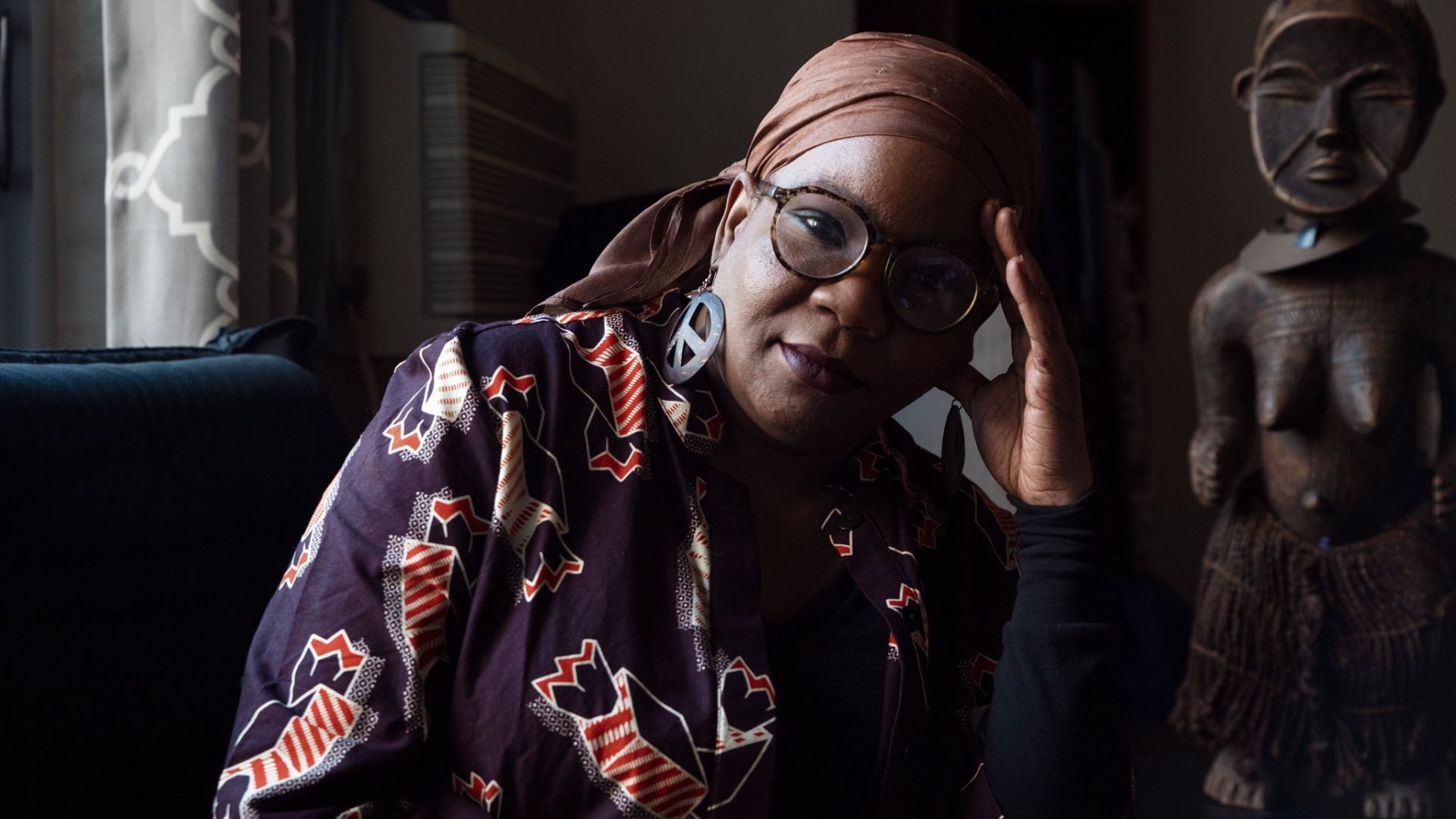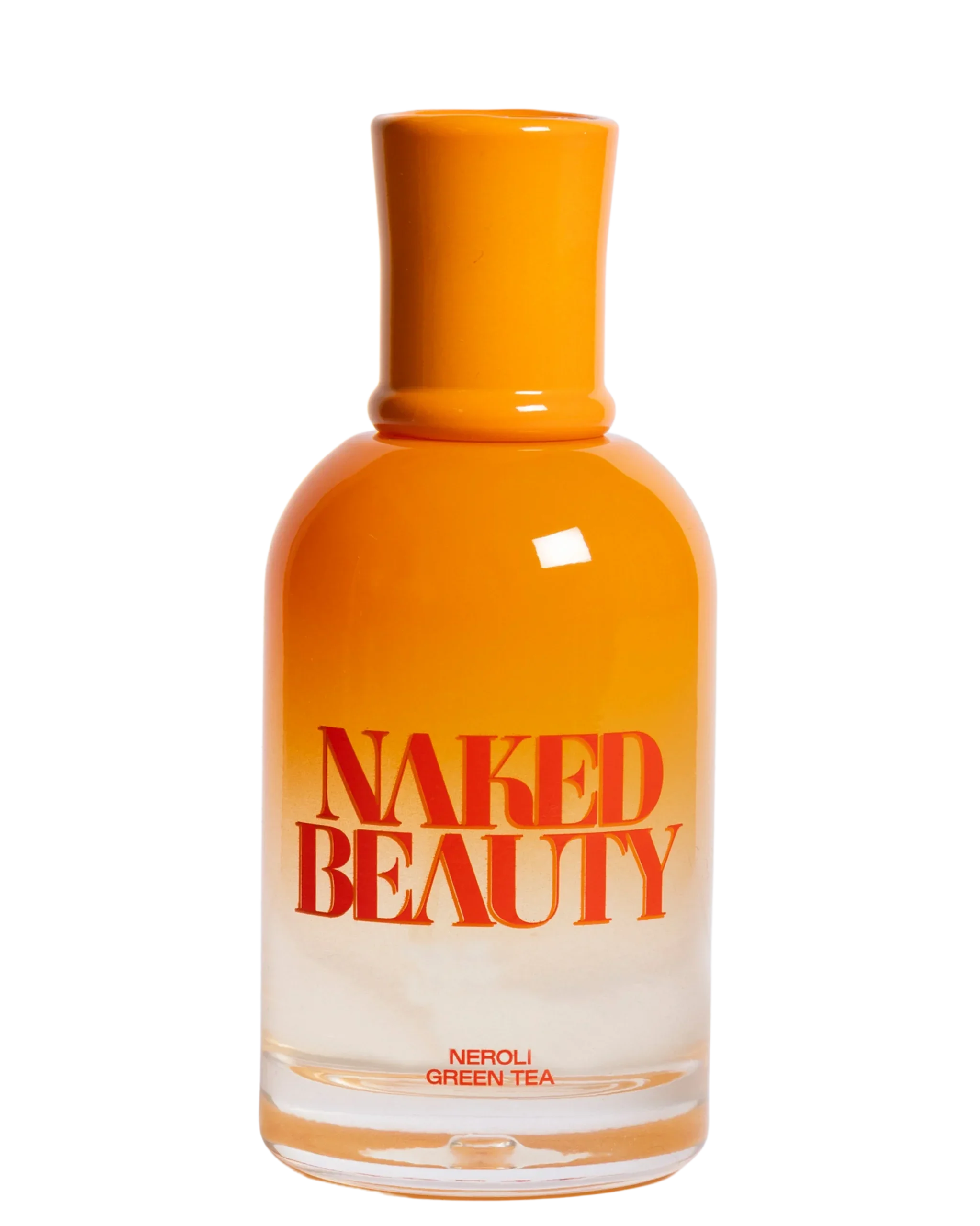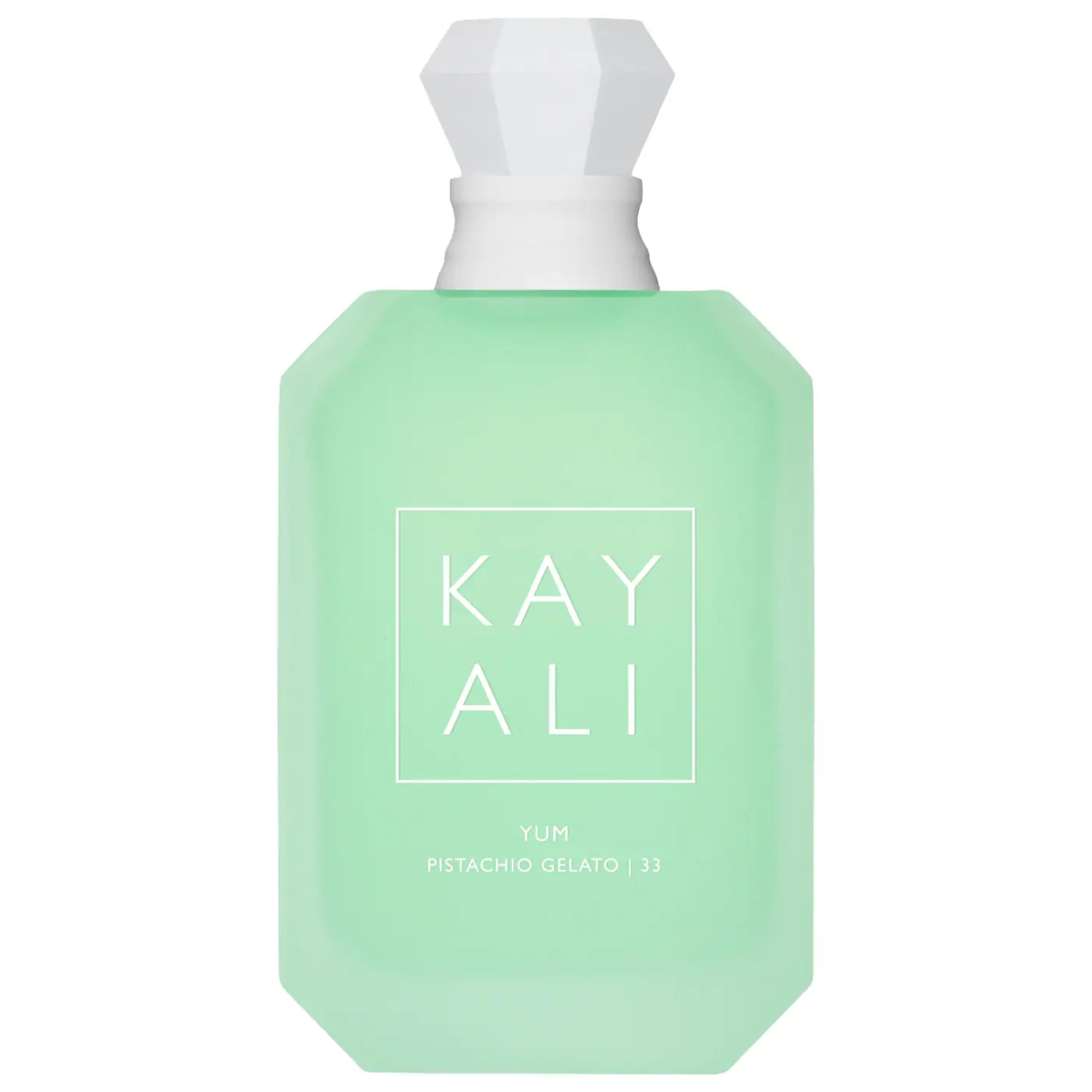
Throughout her years of organizing, Mariame Kaba has encountered formerly criminalized youth with brilliant creative talent, but they lacked the resources to work at length on their craft.
A new creative arts residency, through her organization Project Nia, is offering young people aged 16 to 25 who have been formally criminalized to design their own residency. The Stevie Wilson DIY Youth Arts Residency will provide a grant of $1,000 to $5,000 to each artist, and will fund a total of $30,000. The grants are geared towards artists who may not be able to seclude themselves for weeks at a time like many residencies encourage.
“When you look at the worlds of art residencies, [these young artists] aren’t really taken into account. Those are not the young people that are catered to or thought about in any way,” Kaba shared with ESSENCE.
“First of all, they’re so rare. They accept like two people out of 5,000 that apply. People can’t just vacate their lives in order to participate in these art residencies. They’re often located in these faraway places up in the mountains, or Vermont, or you’ve got to travel. And a lot of young folks that I work with, some of them are parents, they have jobs they have to keep, and they can’t afford to take the two weeks or four weeks away that these residencies might provide for folks,” she added.
Stevie Wilson, for whom the residency is named, is a queer incarcerated activist who co-founded Dreaming Freedom Practicing Abolition, “a network of self-organized study groups building abolitionist community behind and across prison walls.”
A renowned abolitionist and author of New York Times Bestseller “We Do This ‘Til We Free Us,” Kaba notes the importance of art in movement work; not merely art for art’s sake but for its ability to expand our imagination beyond the constraints of oppressive systems.
“From my own experience as an organizer, art and artists really matter a lot, especially during calamitous times. Art just in general helps us to remove the ceilings from our imaginations. And art helps to facilitate dreaming. And my God, we need dreaming. And we need imagination more than ever, in this time, and always.”
Among the most famous examples of activism expanding our imagination is Dr. Martin Luther King Jr.’s “I Have A Dream” speech. With the King holiday upon us, Kaba noted how the remarks have been conveniently misunderstood, not unlike much of King’s legacy. “I think very few people have actually listened to the full speech or read it. I always tell people read the whole thing. Really, it’s an indictment of the U.S. in a way that I think people don’t really understand.”
While King had the capacity to dream, he also highlighted America’s nightmares. He noted that Black people are “on a lonely island of poverty in the midst of a vast ocean of material prosperity.” The civil rights and human rights icon also explicitly criticized police violence in the 1963 speech.
“We can never be satisfied as long as the Negro is the victim of the unspeakable horrors of police brutality,” he said. “Some of you have come fresh from narrow jail cells,” he addressed the crowd attending the 1963 March on Washington for Jobs and Freedom. “Some of you have come from areas where your quest for freedom left you battered by the storms of persecution and staggered by the winds of police brutality,” King added.
Kaba recalls King’s own experiences with the carceral state and how policing has been used to maintain a white power structure that King was fighting.
“There is this recounting of a tale of King driving nervously down a street. But he’s got police motorcycles that he noticed a little bit earlier. They’re trailing him. And he looks at his speedometer. And he’s making sure that he’s following every single traffic law. Then he stops to let a passenger out of his car and the motorcycles pull up towards him,” Kaba says. “And that’s when a couple of cops demand that he gets out of his car, they arrest him. And soon, a patrol car comes, takes him over to jail. This is in Montgomery, Alabama in 1956. And King has just been arrested for the first time. And they’ve arrested him because supposedly he was driving at 30 miles per hour, in a 25 mile per hour zone.”
“Of course, the real reason why they stopped him is that he was using his car to help ferry people who’d been participating in the Montgomery Bus Boycott to their jobs and other places they needed to go,” Kaba shares.
“I think there’s a lot to learn in that story. King’s first arrest was for something random and not a ‘big deal,’ but it was very controversial because he was trying to basically take down the segregated power system in Montgomery. I think about that a lot,” Kaba said. “Like, the ways that the system criminalized people and the ways that King himself was subjected to that criminalization.”
King was a young adult himself— like those Kaba is supporting today— who turned 27 about a month before that first arrest. King would go on to be arrested for his civil rights organizing 28 more times.







Without the support of his organizational networks, King may not have had the freedom to build on his activism or dream about a better future for Black people in America. Kaba’s work could allow more young people to continue dreams of their own.
“This is something I’ve been wanting to do for some time, and we never had resources to allocate towards it,” she said. “Young people that I’ve worked with over a long period of time— in particular young people who are criminalized in various ways— I’ve always been so just heartened by their talent, and their brilliance and their creativity. They’ve taught me through their art about their lives.”
Art goes beyond gaining insight into people’s personal lives, Kaba notes. “At its best, art can help us to think about and through the difficult. It opens up possibilities for imagining different futures for ourselves. It’s not a substitute for grassroots organizing or advocacy. But it can really be a powerful tool in the struggle for change and just for existing in the world.”







